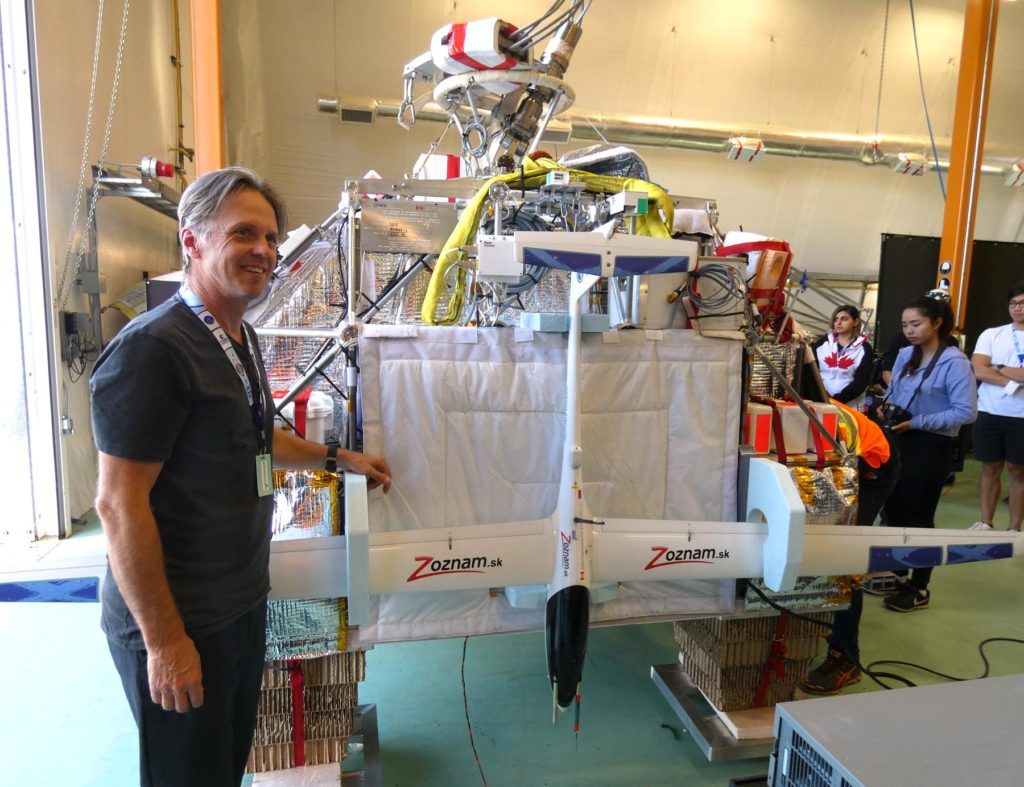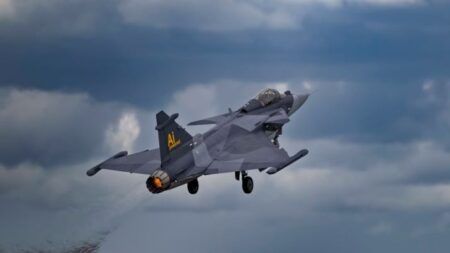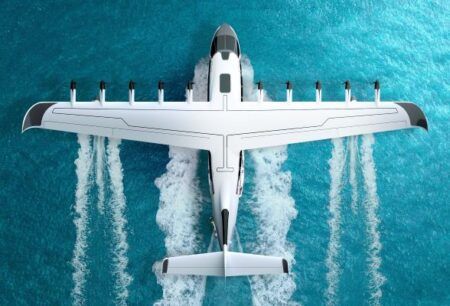The HiDRON stratospheric drone has achieved its highest altitude yet of 98,000ft during a test flight.
HiDRON is a stratospheric glider that ascends through the atmosphere on a weather balloon, before it is released once and glides to a pre-programmed landing zone over several hours. The drone collects data while descending using a payload of sensors and instruments, which meteorologists and climate scientists can then analyze.
The aircraft is intended to act as a to carry different instrument payloads for scientists to conduct atmospheric and climate-related research.
The HiDRON is made of composites, has a wingspan of 3.3m (11ft) and weighs 5kg (11 lb). It is designed to carry an in situ measurement instrument weighing up to 1kg (2.2 lb).
The fixed-wing glider does not use engines or propellers, although there is a battery to power the telemetry, payload, autopilot and servo drives for the ailerons and tail rudder.
Data from the integrated instrument is transmitted via telemetry immediately during the ascent to a ground station, like a weather radiosonde.
The test flight, which was conducted on August 2, also demonstrated the drone’s capability to perform beyond visual line of sight (BVLOS) operations with a UAV at high altitudes.
During the test flight, HiDRON carried an Airglow detector for the Slovak Academy of Sciences, an instrument which measures light emissions in the atmosphere.
The August 2nd night flight was the first of two flights commissioned to test a new AMON Airglow detector from Stratodynamics client, the Slovak Academy of Sciences Institute of Experimental Physics.
In addition to the AMON detector, HiDRONs developers Stratodynamics and UAVOS used the flight opportunity to test and advance aspects of the drone’s design, including stratospheric flight dynamics, data links, and UAVOS’s Micro Version AP10.3 auto-pilot.
The drone was released in -60° C (-76° F) stratospheric winds, performed well with real time data transmitting to the ground station during a four hour controlled descent, said the companies..
A second AMON flight is scheduled for August 31 from the Canadian Space Agency’s STRATOS Balloon Base in Timmins, Ontario, when the glider will be released from the Canadian Space Agency’s (CSA) scientific gondola at an altitude of 115,000ft.
Gary Pundsack, CEO Stratodynamics Aviation said, “We are extremely pleased with the performance and outcome of this recent milestone. Stratodynamics has proven to be a valuable partner with the Slovak Academy’s investigations into nighttime airglow. Our unique method of collecting high-quality large datasets from hard to reach locations offers clients new, cost effective access to stratospheric altitudes. We look forward to the follow up launch with our collaborators at the Canadian Space Agency.”
UAVOS Board Member and CEO Aliaksei Stratsilatau said, “HiDRON is a real solution to advance the important research around climate change and other atmospheric chemistry problems. The HiDRON provides solutions for tough problems that affect all of humankind, which is why it is such a necessary platform for researchers.”





